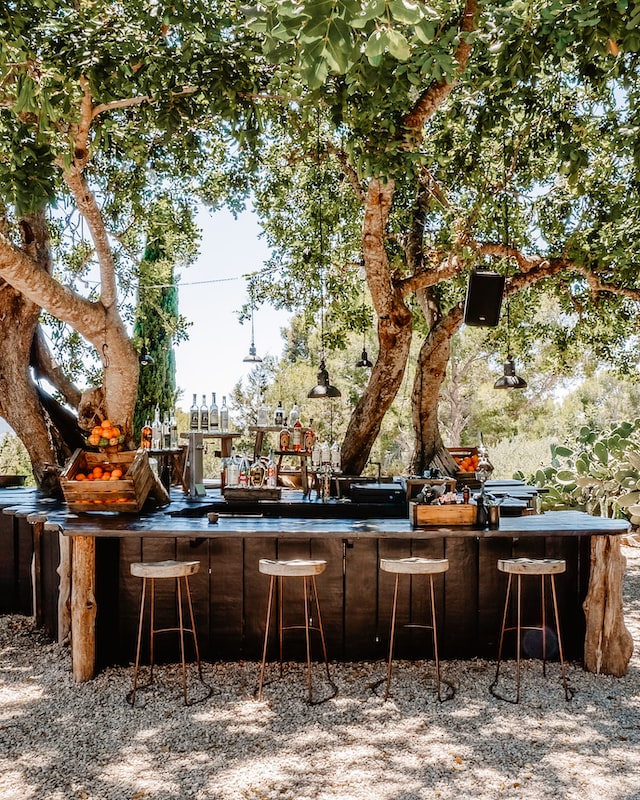How to Winterize Your Outdoor Kitchen
It is now time to prepare your outdoor kitchen now that you have enjoyed several warm months of outdoor activities and barbecues with family and friends. If you would like your outdoor kitchen to last for years to come, it is important to winterize it on an annual basis.
Winterizing an outdoor kitchen might seem daunting at first, but there are certain things you can do today to start and finish the process. The tips provided here will make it very easy to get your outdoor kitchen ready for the spring and summer seasons in the coming year when the warm weather resumes.
1. Drain All Outdoor Faucets
You don’t want your water lines freezing over and damaging your faucets, which is why you need to winterize as soon as possible.
The first step is to turn off the water valves, which are typically located under the sink. Next, add some soft insulation to the pipes to reduce the risk of freezing and breaking over the winter. Next, turn the faucet on to drain the water, which helps get rid of any stagnant water in the pipes.
The final step is to unscrew the faucet. Where the faucet connects to the sink, you may find some sitting water. If that’s the case, use a towel or sponge to mop it up and reattach the faucet.
2. Drain the Sprinklers
Besides draining your outdoor faucets, it is also important to drain the sprinkler system too. If you turn the sprinklers off a few weeks before the onset of cold weather, you may not actually have to drain them since all the water may evaporate. Still, to be safe, you should drain your sprinkler system.
3. Clean & Polish Your Grill Made of Stainless-Steel
Clean your stainless-steel grill after dealing with the water. Chances are you will not be using it often over the course of winter, so you will want it to be nice and clean when summer rolls in.
4. Turn off the Gas Line
Turn off the gas line if your grill is a natural gas grill. You likely will not need to use your grill and it will be a lot safer.
5. Polish the Cabinetry
If you have stainless-steel cabinets, you can use the same polish that you used for cleaning the grill.
6. Store All the Outdoor Furniture
It is time to pack up the lawn chairs, table, pool noodles, and cover up your trampoline and other outdoor upholstery. Tuck them away in your garden veranda, basement, shed, or another storage area. You won’t need the furniture for several months, but you should still store it in an easily accessible place. You will be glad you did when summer comes around.
7. Empty Your Freezer and Refrigerator
Any perishable food and drink in your freezer and refrigerator should be moved to your indoor freezer and fridge. Once you clear them out, wipe them down and unplug them. If necessary, allow your freezer to thaw for several hours before cleaning it. There could be some chunks of ice in the back depending on your freezer’s temperature.
8. Clean out the Ice Maker
Once you clean out the fridge and freezer, you should do the same with your ice maker. Unplug it, allow it to thaw out, and then use some cleaner and a towel to wipe it down. Ice makers are useful outdoors because you don’t have easy access to an ice machine. However, you likely have an ice machine inside; if so, store it away with the outdoor furniture and break it out again in the coming year.

